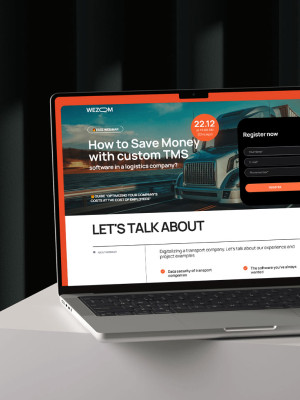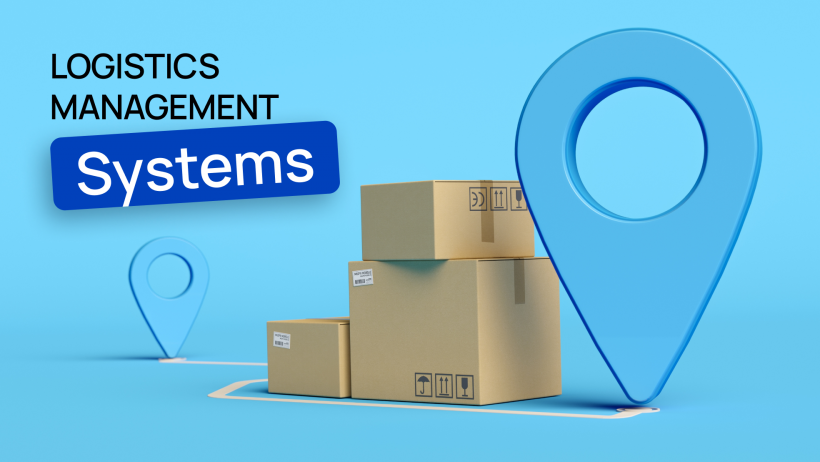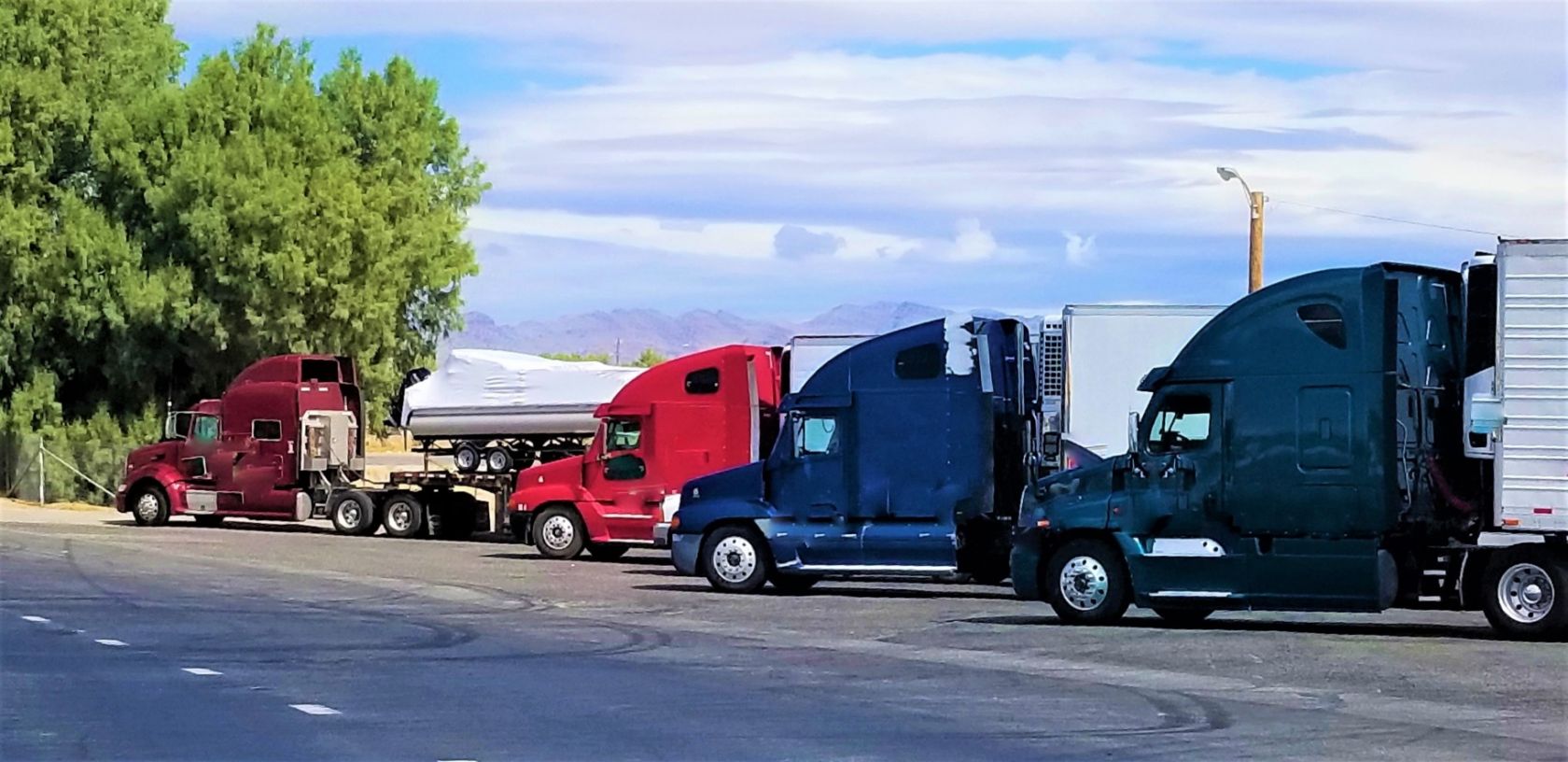Nowadays, almost every business faces the need for a proper shipment organization. Customers expect their orders delivered fast and the demand is only growing. However, most of the companies struggle to organize their logistics and make it profitable. Poor management, large transportation expenses, and delayed deliveries make the business thriveless, and customers - disappointed. Here’s where logistics management systems come in.
What Is a Logistics Management System?
Logistics or Transportation Management System is a digital tool that helps the business to automate and easily control all the shipment processes at every stage. TMS software helps businesses get rid of the following problems:
- unorganized orders;
- delayed deliveries;
- too much extra expenses;
- running half-empty trucks;
- drivers staying in idle;
- absence of shipment monitoring;
- and many more.
By implementing transportation management software a company can reduce delivery costs, get more profit from logistics processes, control their shipments on every step, make warehouse and transportation management more effective, deliver orders faster, and get more satisfied and loyal clients. These changes help the firm grow, develop and provide a better service to their clients.
Main modules of a Logistics Management System
As the software for transport business solves several problems and can be applied to any step of the supply chain, there are also several modules that can and should be present in any TMS system.
Order management
There are situations when orders are lost, confused, or accepted by mistake. Logistic management systems make it possible to avoid such situations.
Stay up to date with the entire history of orders, collect and store all the information in one place, reliably protected and properly processed. With efficient management, your order will be precisely coordinated with warehouse balances. All your clients will receive their orders as expected.
Moreover, such a tool will help track the effectiveness of an advertising campaign by comparing the number of orders in different periods.
Inventory management
Inventory management and the always-up-to-date status of warehouse balances are the key to a successful turnover. Thanks to TMS, you always have access to information on the number of goods in the warehouse, so that you can re-order products that are running out on time, and your customers will not be able to place an order for something that is no longer in stock.
Keep track of expiration dates, conditions of goods, arrange promotions for old ones, and may your purchases and sales always be effective.
Warehouse management
Management of warehouse processes is also included in the capabilities of TMS. Create a warehouse map so that employees can navigate easily and quickly; zone the location of goods based on the conditions of their storage; organize the receipt and shipment of goods in such a way as to minimize the downtime of the warehouse and drivers.
The correct organization of the warehouse increases the efficiency of the company and reduces the delivery time. All these tasks are within the power of logistics systems.

Strategic transport planning
You need to choose a delivery method carefully so that the final solution becomes profitable for the company. The system will help you determine the most suitable method based on certain parameters that are already in the database from the moment the order was made.
Shipping costs should also be both beneficial for the carrier and acceptable for the customer. TMS helps to calculate the optimal delivery cost, which will cover all the expenses and become profitable, based on the basic parameters of the order.
Transport management
Use your vehicle fleet as efficiently as possible, do not drive half-empty trucks, combine points on the map into one convenient route, choose the shortest route for delivery, so that each trip brings benefits and profits to your company.
Using transport software solutions makes your planning more precise and thorough. This approach can help reduce unnecessary costs, further increasing the company's earnings, and deliver orders faster, which positively affects the customer experience.
Reverse logistics
Logistic operations cover not only the delivery of goods to the buyer but also the return of unsuitable or defective goods, the delivery of used goods for recycling, and the return of goods for warranty repair. Optimize your logistics processes so that return delivery does not bring additional inconvenience to the company, but instead smoothly fits into the overall transportation processes. The logistics management system will automate reverse logistics and turn it around for the benefit of your business.
Logistics analytics
Analyze all data involved in your logistics processes. TMS makes it possible to collect and analyze absolutely any data: the most popular products, delivery regions, employee productivity, route efficiency, and total profit of cargo transportation. Use this data to find weaknesses in your company and improve them.
What's more, wearable devices and the analysis of the data they collect will help reduce fleet operating costs through regular technical inspections, and information on weather and road conditions will help with route optimization.
How to integrate logistics management solutions
To implement a logistics solution in your business, first of all, you need to decide what kind of tool you need and what kind of solution you want:
- If you choose out-of-the-box solutions, TMS software providers usually aim for a certain integration method right away, and you will have to follow it.
- Сustom TMS development, as part of a well-planned logistic software development strategy, will allow you to choose absolutely any method of integration. At the same time, if you are not sure which method to choose, or do not want to dive into technical details, the development company will advise you on the most optimal option for you.
When choosing a solution, remember that the main thing is that it solves the problems of your business and fulfills the tasks you need. The possibilities of TMS are endless:
- automating receiving and processing orders;
- speeding up and improving the accuracy of collecting orders and their shipment;
- simplifying management of stock balances;
- optimizing delivery routes;
- ncreasing the efficiency of vehicle fleet exploitation;
- reduction of additional costs;
- increase in profits;
- improving customer experience.
Transform your business with logistics management systems and make your profits grow.



